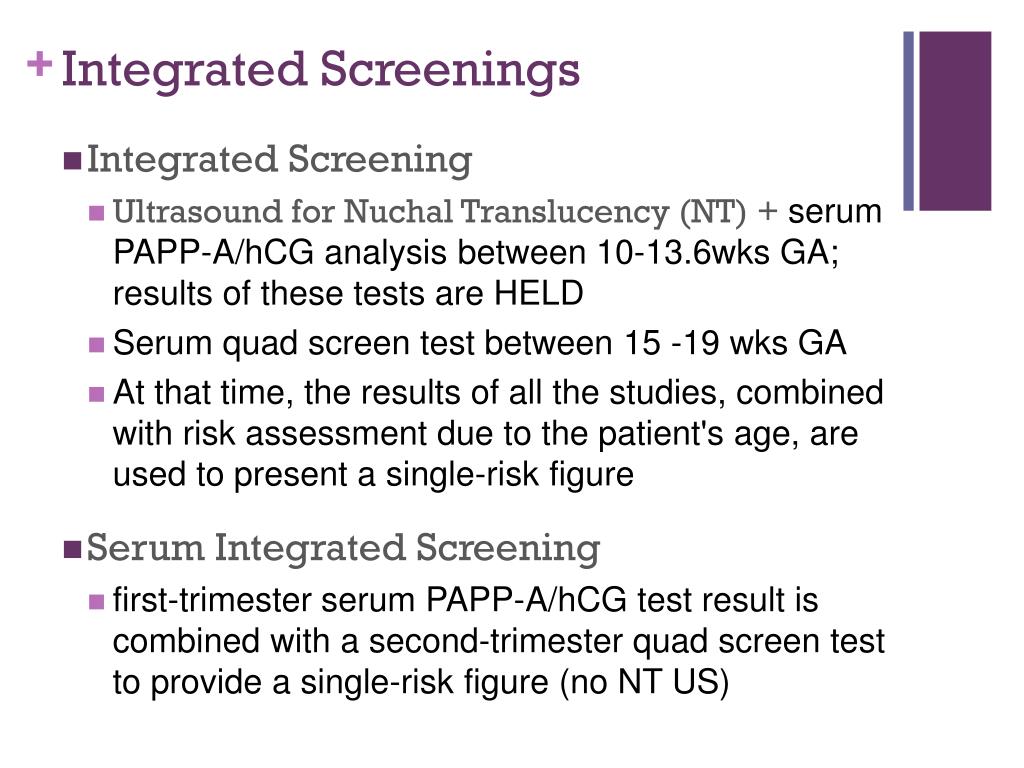

In our work, we first review the variable selection in statistics and most popular used variable selection methods. Simulation studies show that our proposed procedures have higher power with both FWER and FDR controlled at the desired level, especially for large scale and high-dimensional data, and very stable to use as well as in correlated design matrix. To control FDR, we propose Hybrid Bonferroni-Benjamini-Liu Step-Down procedure and compare it with the ForwardStop, StrongStop, TailStop procedures and SLOPE. To control FWER, we propose Hybrid Bonferroni-Holm Step-Down procedure along with Hybrid Hochberg-Holm and Hybrid Simes-Holm Step-Down procedures and compare them with StrongStop.

Also, our Hybrid procedures show higher power through simulations for weak signals and for high-dimensional data. The benefit of making use of the multivariate structure is, for some scenarios, to increase power while other procedures stop the selection too early. And we prove that the minimum composite p-values under null hypothesis get larger along the steps, which is desirable when we apply step-down procedure for error rate control. Our sequential multiple hypothesis structure becomes valid because of the asymptotic distribution of the covariance test.
#MULTIPLE TESTING VS SEQUENTIAL TESTING FULL#
Specifically, we consider the full underlying hypotheses and the error rate control within each step as well as across all steps along the lasso solution path. In this paper, we propose the sequential multiple testing structure using covariance test p-values, which has good power properties with error rate controlled at a desired level. Covariance test is proposed for testing the significance of the predictor variable that enters the current lasso model along the lasso solution path.


 0 kommentar(er)
0 kommentar(er)
